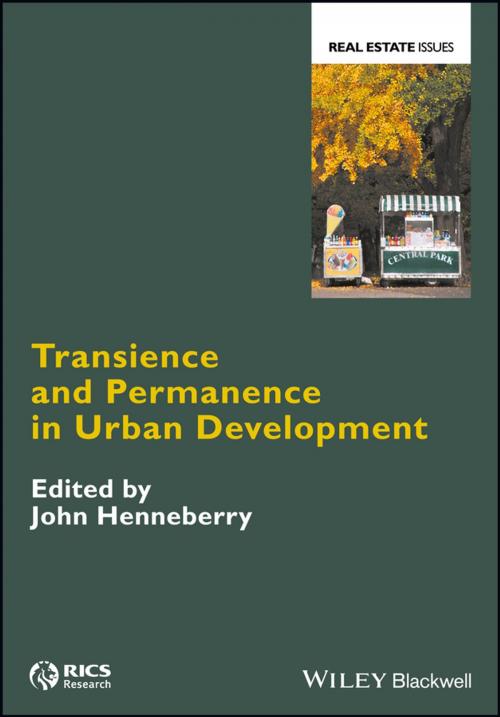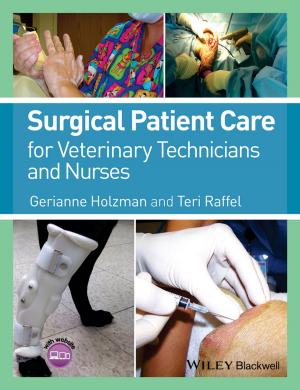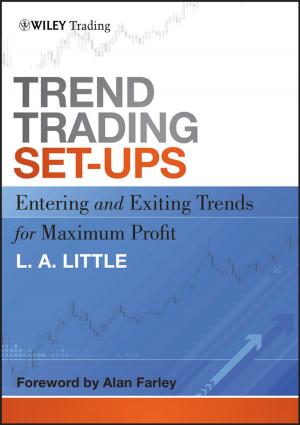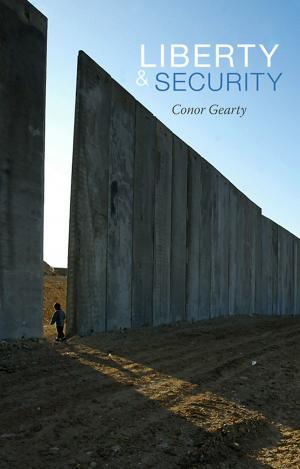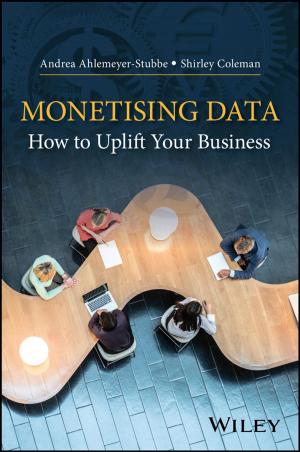| Author: | ISBN: | 9781119055686 | |
| Publisher: | Wiley | Publication: | March 21, 2017 |
| Imprint: | Wiley-Blackwell | Language: | English |
| Author: | |
| ISBN: | 9781119055686 |
| Publisher: | Wiley |
| Publication: | March 21, 2017 |
| Imprint: | Wiley-Blackwell |
| Language: | English |
Temporary urban uses – innovative ways to transform cities or new means to old ends?
The scale and variety of temporary – or meanwhile or interim – urban uses and spaces has grown rapidly in response to the dramatic increase in vacant and derelict land and buildings, particularly in post-industrial cities. To some, this indicates that a paradigm shift in city making is underway. To others, alternative urbanism is little more than a distraction that temporarily cloaks some of the negative outcomes of conventional urban development. However, rigorous, theoretically informed criticism of temporary uses has been limited. The book draws on international experience to address this shortcoming from the perspectives of the law, sociology, human geography, urban studies, planning and real estate.
It considers how time – and the way that it is experienced – informs alternative perspectives on transience. It emphasises the importance, for analysis, of the structural position of a temporary use in an urban system in spatial, temporal and socio-cultural terms. It illustrates how this position is contingent upon circumstances. What may be deemed a helpful and acceptable use to established institutions in one context may be seen as a problematic, unacceptable use in another. What may be a challenging and fulfilling alternative use to its proponents may lose its allure if it becomes successful in conventional terms. Conceptualisations of temporary uses are, therefore, mutable and the use of fixed or insufficiently differentiated frames of reference within which to study them should be avoided. It then identifies the major challenges of transforming a temporary use into a long-term use. These include the demands of regulatory compliance, financial requirements, levels of expertise and so on. Finally, the potential impacts of policy on temporary uses, both inadvertent and intended, are considered.
The first substantive, critical review of temporary urban uses, Transience and Permanence in Urban Development is essential reading for academics, policy makers, practitioners and students of cities worldwide.
Temporary urban uses – innovative ways to transform cities or new means to old ends?
The scale and variety of temporary – or meanwhile or interim – urban uses and spaces has grown rapidly in response to the dramatic increase in vacant and derelict land and buildings, particularly in post-industrial cities. To some, this indicates that a paradigm shift in city making is underway. To others, alternative urbanism is little more than a distraction that temporarily cloaks some of the negative outcomes of conventional urban development. However, rigorous, theoretically informed criticism of temporary uses has been limited. The book draws on international experience to address this shortcoming from the perspectives of the law, sociology, human geography, urban studies, planning and real estate.
It considers how time – and the way that it is experienced – informs alternative perspectives on transience. It emphasises the importance, for analysis, of the structural position of a temporary use in an urban system in spatial, temporal and socio-cultural terms. It illustrates how this position is contingent upon circumstances. What may be deemed a helpful and acceptable use to established institutions in one context may be seen as a problematic, unacceptable use in another. What may be a challenging and fulfilling alternative use to its proponents may lose its allure if it becomes successful in conventional terms. Conceptualisations of temporary uses are, therefore, mutable and the use of fixed or insufficiently differentiated frames of reference within which to study them should be avoided. It then identifies the major challenges of transforming a temporary use into a long-term use. These include the demands of regulatory compliance, financial requirements, levels of expertise and so on. Finally, the potential impacts of policy on temporary uses, both inadvertent and intended, are considered.
The first substantive, critical review of temporary urban uses, Transience and Permanence in Urban Development is essential reading for academics, policy makers, practitioners and students of cities worldwide.
